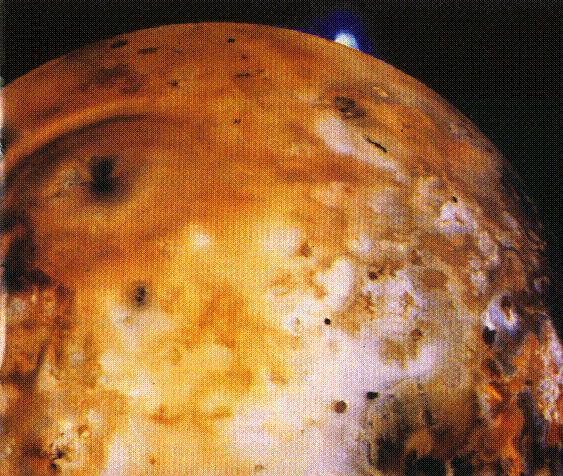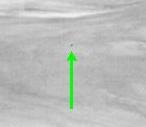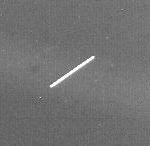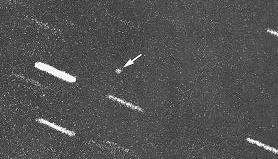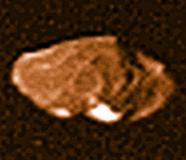
 Jupiter is the largest planet of the Solar system.
Jupiter is the largest planet of the Solar system.
This is probably why it has so many satellites turning around. We suppose that most of the small satellites are just asteroids which were taken in its attraction.
The picture here shows the impact of the comet Shoemaker-Levy 9. It happened on July of 1994. We were especially glad to have the Hubble Space Telescope when this event happened. This very picture has been taken with Hubble wide planetary camera 2.
